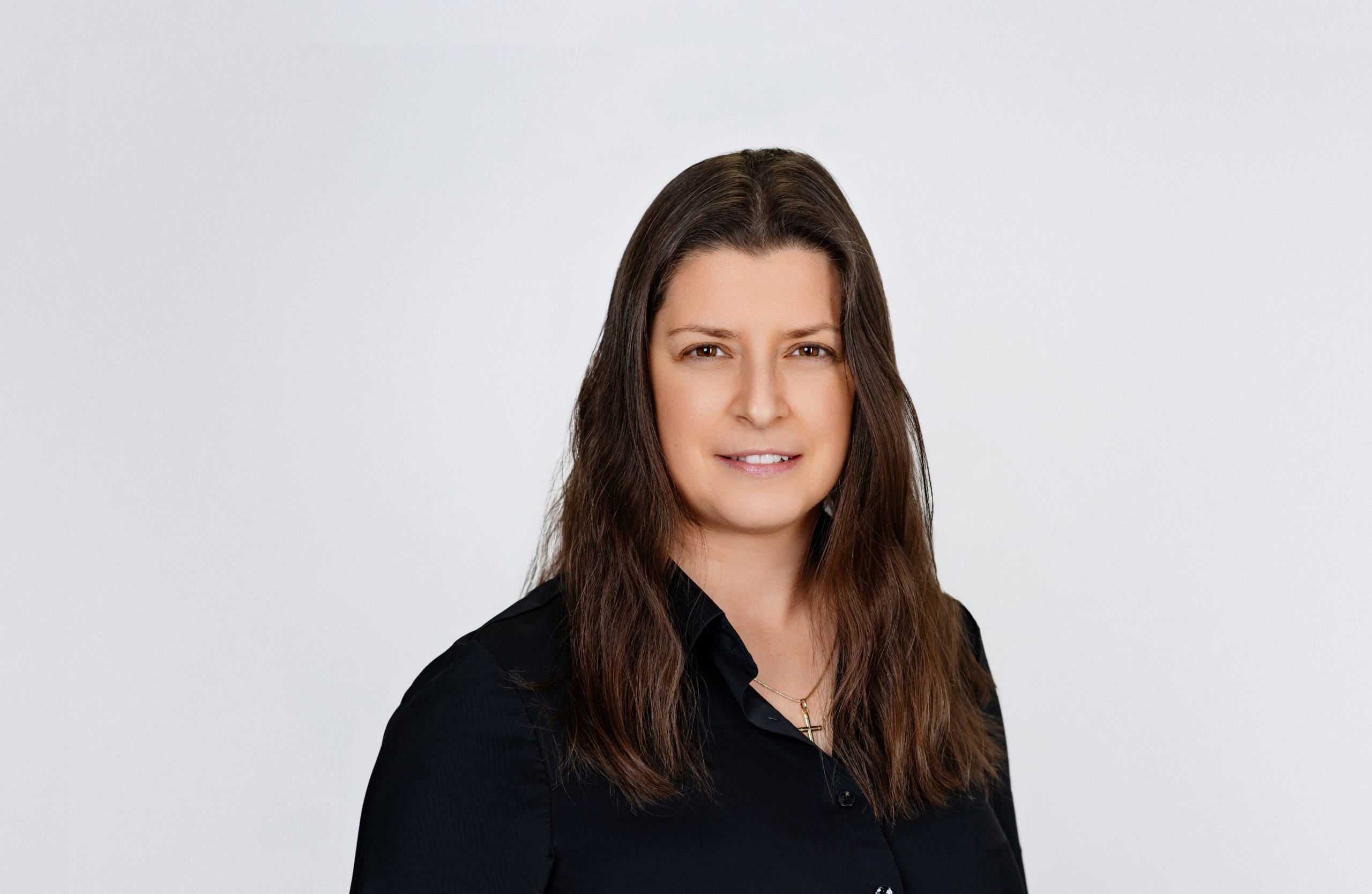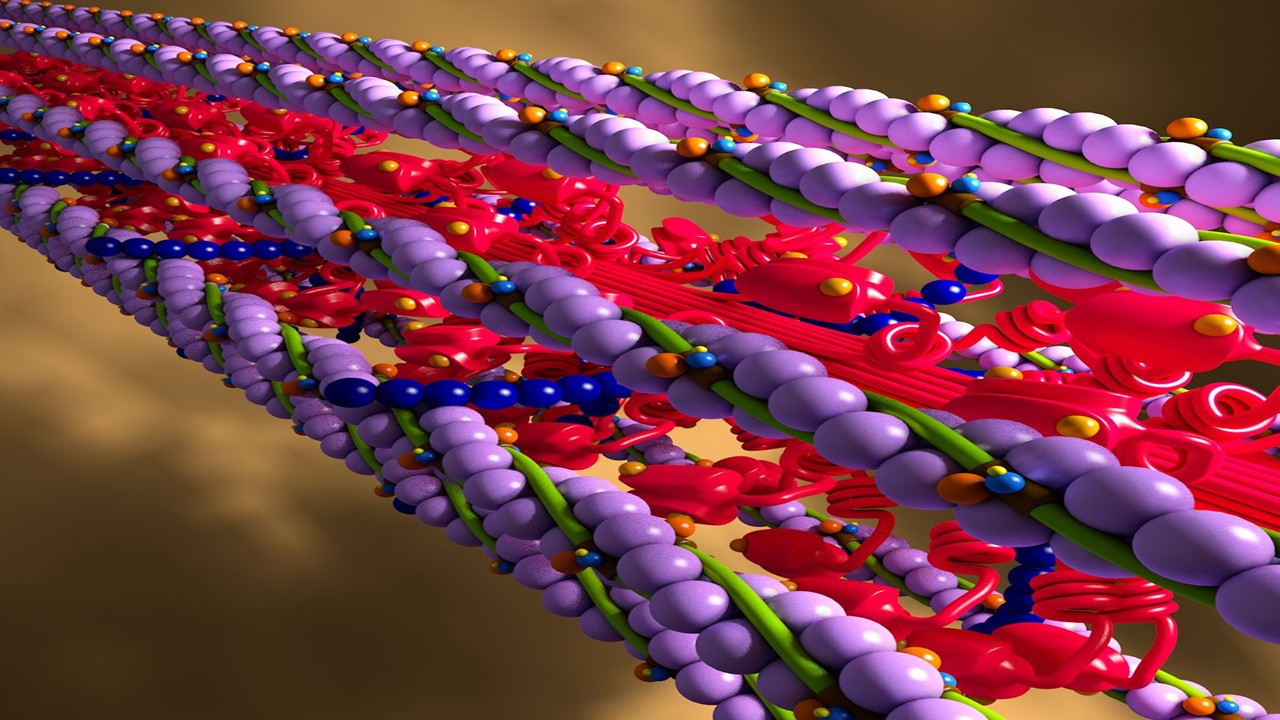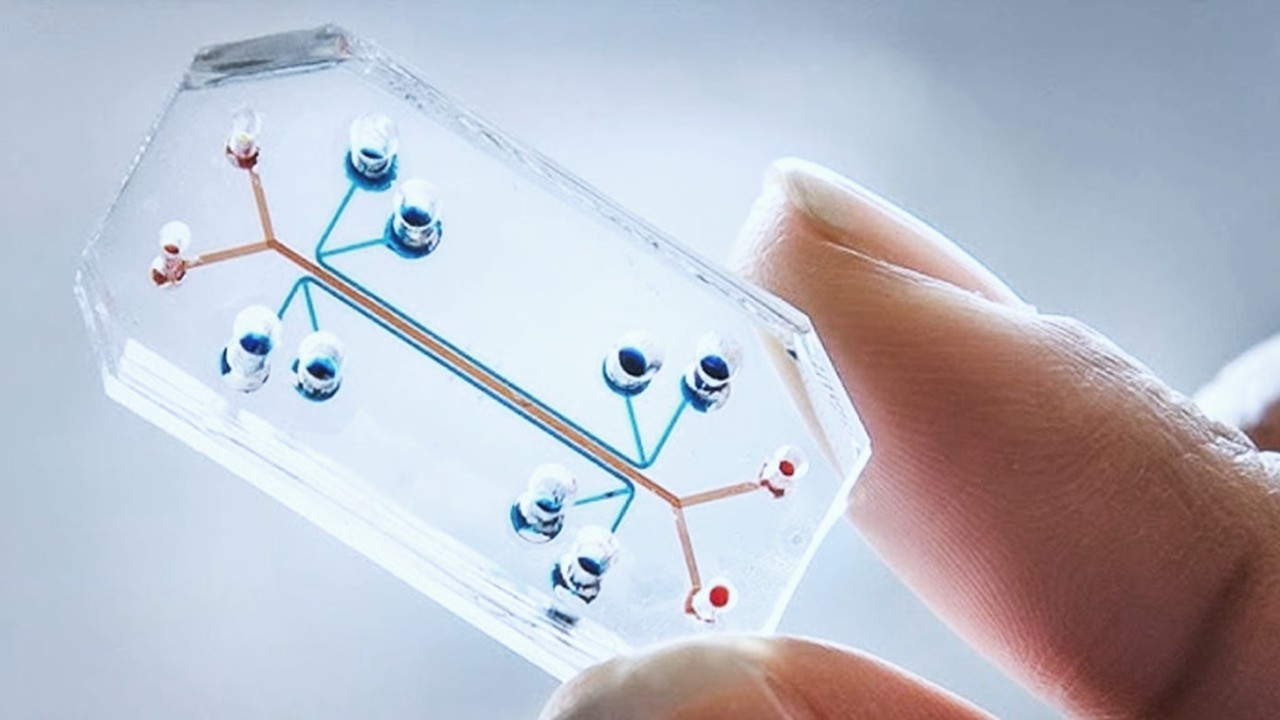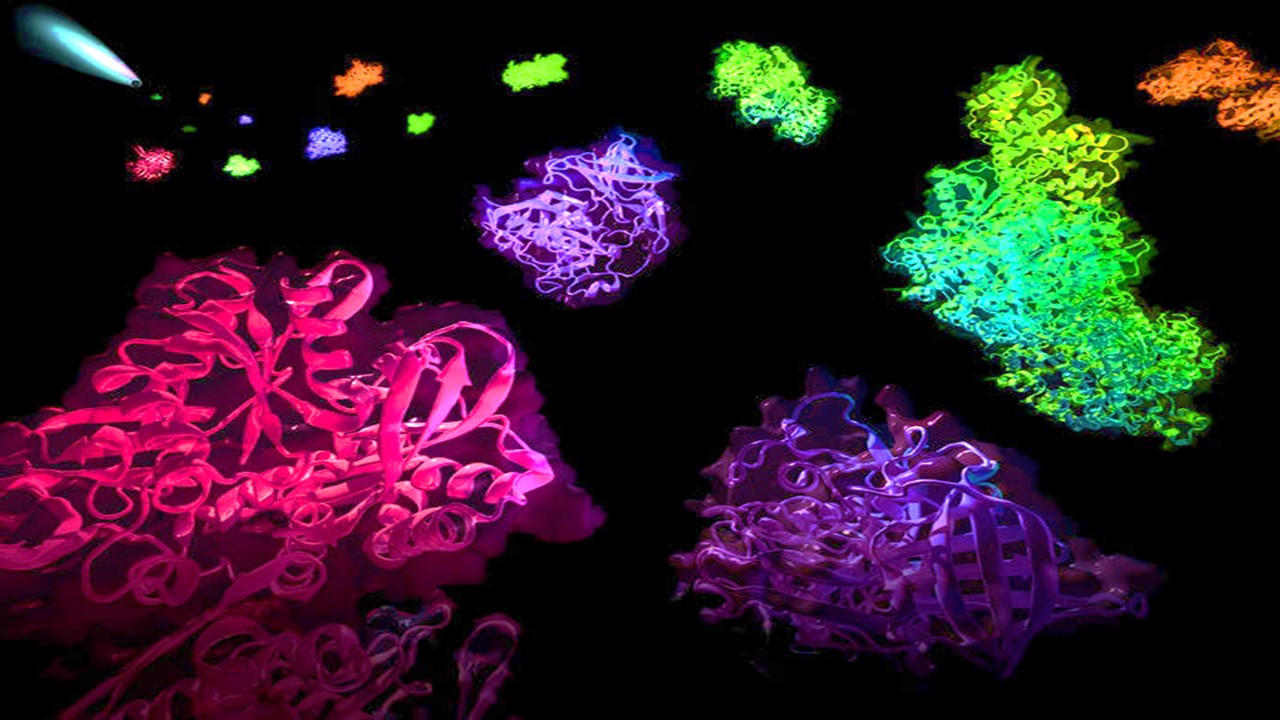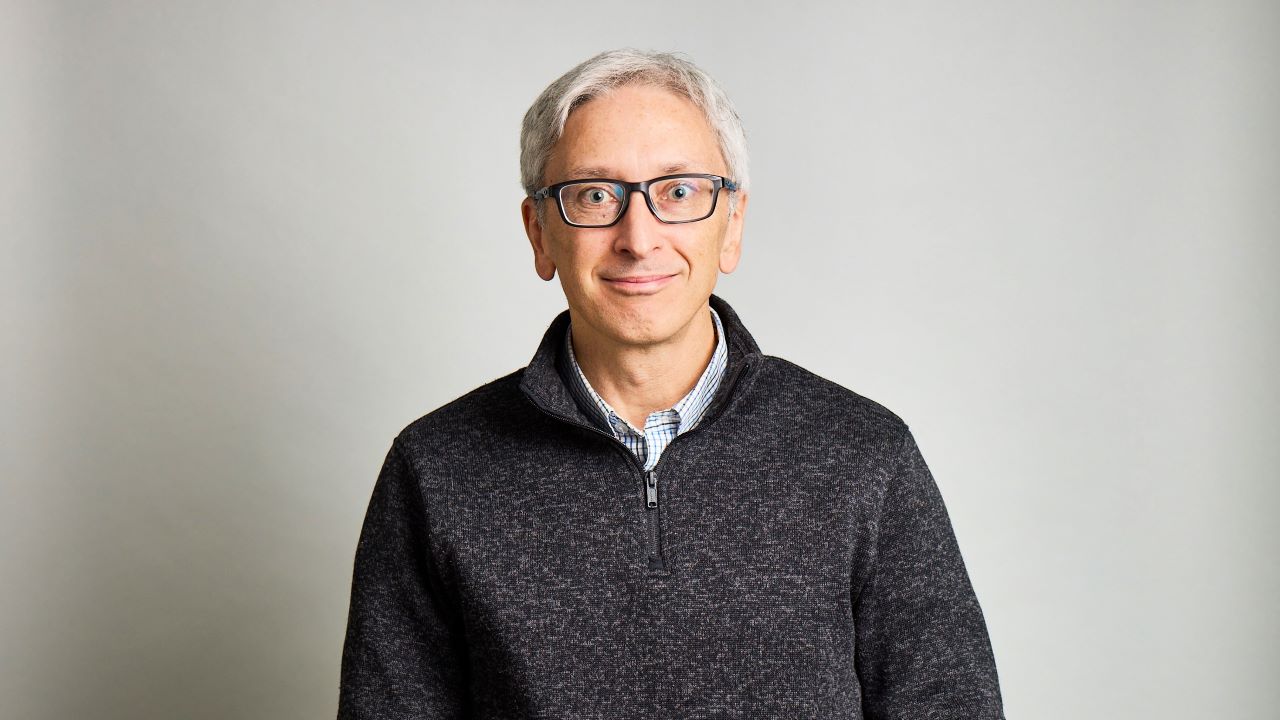Chronic wounds can be a serious health issue for many individuals, particularly those with diabetes or poor blood circulation. In some cases, these wounds can even lead to amputation. However, researchers at Chalmers University of Technology in Sweden and the University of Freiburg in Germany have developed a promising solution using electric stimulation to speed up the healing process.
Electric Stimulation and Bioengineering
The team worked from an old hypothesis that electric stimulation of damaged skin can be used to heal wounds. Skin cells are electrotactic, which means they move in the direction of an electric field. The researchers investigated how this principle can be used to electrically guide the cells and speed up the healing process.
Using an engineered chip, the researchers were able to compare wound healing in artificial skin, stimulating one wound with electricity and letting one heal without electricity. The results showed that wounds healed three times faster with electric stimulation than without.
A Win for Diabetics & Individualized Treatment
The team also looked at wound healing in connection with diabetes, a growing health problem worldwide. They found that their method could significantly increase the speed of healing for diabetes-affected cells.
The researchers recently received a large grant to continue their research and eventually develop wound healing products for consumers. However, more basic research is required to develop effective products that generate enough electric field strength and stimulate in the right way for each individual.
Maria Asplund, Associate Professor of Bioelectronics at Chalmers University of Technology and head of research on the project, states that the team aims to develop a concept to be able to “scan” wounds and adapt the stimulation based on the individual wound. She believes that this is the key to effectively helping individuals with slow-healing wounds in the future.
Funding and Impact
The team’s work was published in the journal Lab on a Chip, and their research project is funded by the European Research Council (ERC). The potential impact of their discovery is enormous, as chronic wounds are a huge societal problem that affect many people. This new method could be a game changer, offering hope and healing to those who suffer from slow-healing wounds.
Study DOI: https://doi.org/10.1039/D2LC01045C
Subscribe
to get our
LATEST NEWS
Related Posts

Pathophysiology & Experimental Medicine
Autism Disentangled: FOXG1 Drives Neural Imbalance in the Developing Brain
If FOXG1 overexpression can be modulated, either genetically or pharmacologically, it may be possible to correct the neurodevelopmental imbalances underlying ASD.
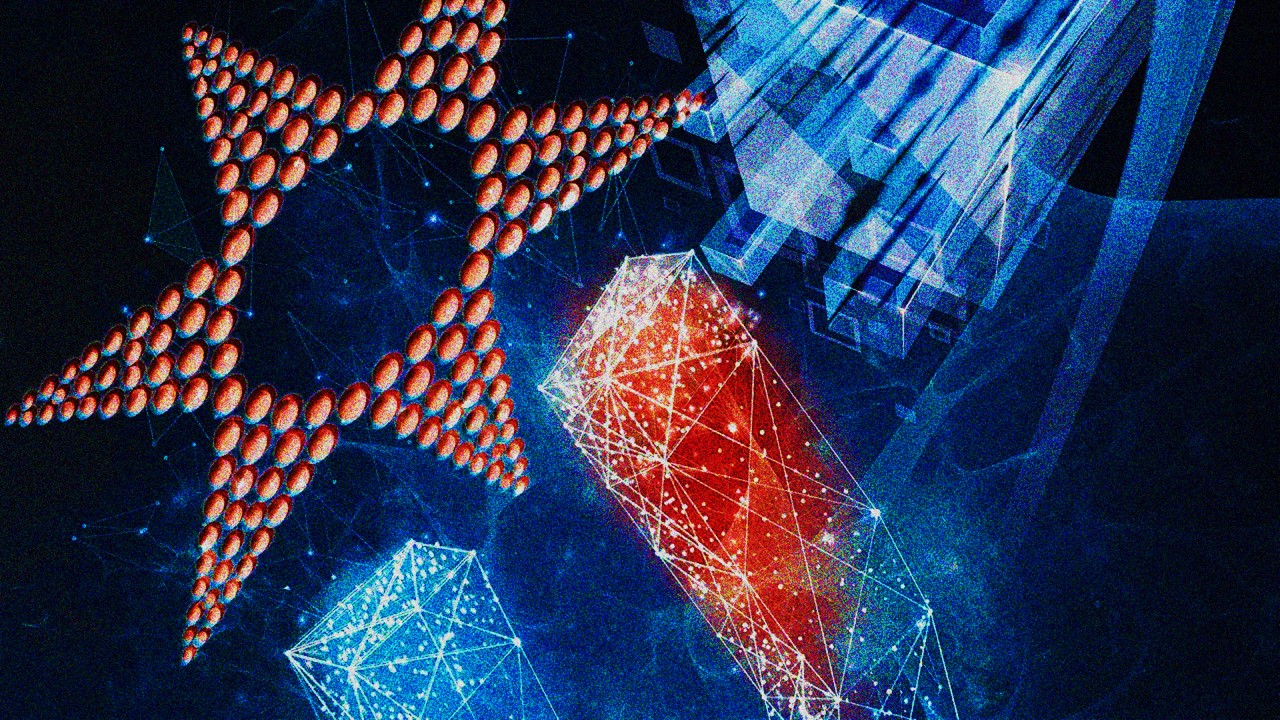
Pathophysiology & Experimental Medicine
Adaptive Interactions: How Stimuli-Responsive Materials Revolutionize Cellular Studies
Stimuli-responsive materials revolutionize cellular dynamics research by replicating ECM adaptability, unlocking insights into cell behavior and regulation.

Pathophysiology & Experimental Medicine
Eternal Lip Layers: Unlocking the Human Keratinocyte Potential
The lips, long celebrated for their role in communication and aesthetics, now stand at the forefront of scientific innovation.
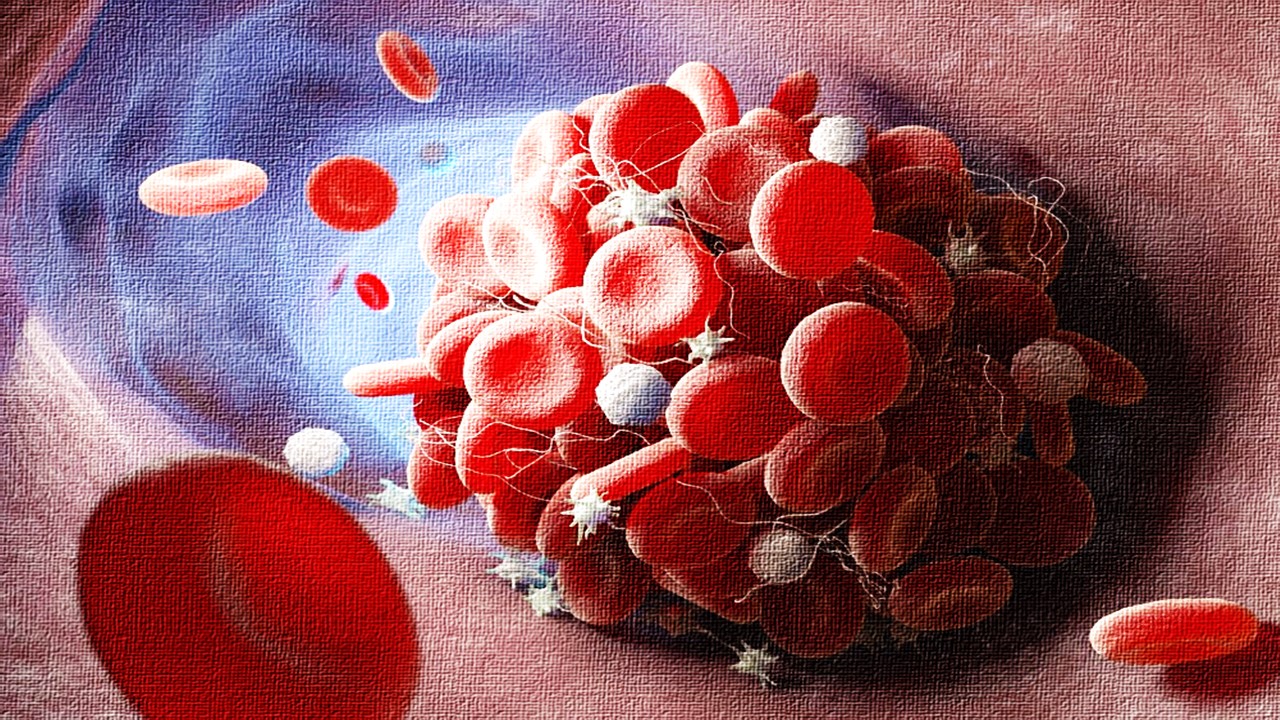
Pathophysiology & Experimental Medicine
Thrombosis-Free Surfaces: Preventing Blood Clot Formation on Medical Implants Through Selective Protein Interactions
The synthesis and mechanisms of SPI coating are explored, evaluating its potential to overcome the limitations of traditional antifouling surfaces.
Read More Articles
Myosin’s Molecular Toggle: How Dimerization of the Globular Tail Domain Controls the Motor Function of Myo5a
Myo5a exists in either an inhibited, triangulated rest or an extended, motile activation, each conformation dictated by the interplay between the GTD and its surroundings.
Designing Better Sugar Stoppers: Engineering Selective α-Glucosidase Inhibitors via Fragment-Based Dynamic Chemistry
One of the most pressing challenges in anti-diabetic therapy is reducing the unpleasant and often debilitating gastrointestinal side effects that accompany α-amylase inhibition.




